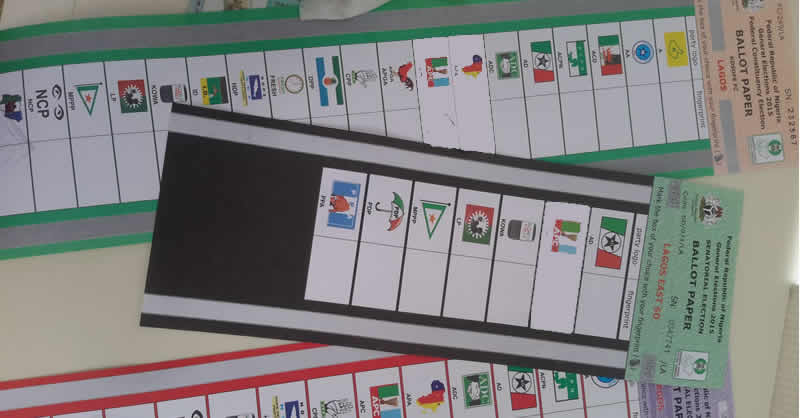Abdullah M. Abu Shawesh, Ambassador of the Embassy of the State of Palestine has described the ongoing conflict in Gaza as a “repetitive and continuous trauma” that has devastated countless lives and destroyed vital infrastructure. His remarks come as the humanitarian crisis deepens, with widespread displacement, educational disruption, and a collapsing healthcare system.
According to Abu Shawesh, as of November 27, 2024, 44,249 Palestinians have been killed, and 104,746 injured in Gaza since the escalation of violence began 419 days ago. The majority of casualties are women and children. Thousands remain trapped under rubble, further compounding the tragedy.
The ambassador described the situation as genocide and ethnic cleansing, accusing Israeli forces of war crimes, including the use of Palestinian civilians as human shields. He cited an investigation by The New York Times and reports by CNN, which revealed that Israeli troops have forced Palestinian detainees, including minors, into dangerous reconnaissance missions to protect their own soldiers.
Education in Gaza, already strained by years of blockade and the COVID-19 pandemic, has come to a virtual standstill. The war has disrupted the lives of 625,000 students and 22,564 teachers, with most school buildings either partially or entirely destroyed. UNICEF recorded 64 attacks on schools in October 2024 alone, and numerous UNRWA facilities have been impacted by Israeli military operations.
“Education is highly valued among Palestinian families,” Abu Shawesh noted, with 95.4% of children enrolled in basic education before the conflict. However, the destruction has left the future of an entire generation in jeopardy.
The health sector in Gaza is on the brink of total failure. The ambassador reported that 84% of health facilities are out of service due to airstrikes, while the remaining facilities are barely operational. This has led to catastrophic shortages of medical supplies, further exacerbating the humanitarian crisis.
Abu Shawesh described the situation in Gaza as “Hell,” noting that collective punishment is being inflicted on the population. Over 90% of Gaza’s residents are now internally displaced, with many forced to move multiple times. More than 415,000 displaced individuals are sheltering in over 100 UNRWA school buildings.
The conflict has also taken a toll on Gaza’s rich cultural heritage. Over 188 archaeological and historical sites, including churches, mosques, and museums, have been destroyed. Many irreplaceable artifacts have been lost to intentional strikes.
Shawesh emphasized the dire need for international intervention to address the worsening humanitarian crisis. With more than a million children caught in a cycle of violence, displacement, and deprivation, Abu Shawesh called for urgent measures to protect civilians and provide relief to those affected.
“The trauma is repetitive and ongoing,” he said. “It is not overstating to say that everyone in Gaza is traumatized.”
As the situation in Gaza continues to unfold, the international community faces mounting pressure to respond to what has been described as one of the most severe humanitarian crises in recent history.











